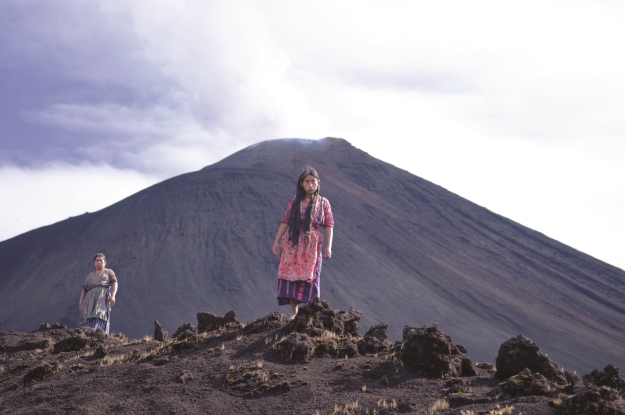What’s behind the volcano?” María, an adolescent Mayan girl, asks her mother as they go about chores on the coffee plantation where they live and work in the film Ixcanul (“Volcano” in the Kaqchikel Maya language). The omnipresent volcano looming in the sky above her home in the Guatemalan highlands symbolizes an obstacle to María, who dreams of exploring what lies beyond, but has been promised to the plantation foreman.
In the hopes of altering her fate and escaping to the United States, María sleeps with a local worker, Pepe, who has confided to her that he plans to travel there. However, when Pepe leaves without her and she realizes she is pregnant, her world threatens to come apart. Deprived of the chance to dictate her own destiny, María only realizes her dream of seeing the modern world in an unexpected rush to a city hospital at the film’s climax.
Ixcanul is Guatemalan director Jayro Bustamante’s first feature, in which he explores gender and indigenous issues to highlight the strength of Mayan women. The film was a very personal project for Bustamante, who grew up in the Kaqchikel-speaking region of Guatemala’s highlands, where the film takes place, and he developed the plot from interviews with women there. For Bustamante, the volcano represents the “alter ego” of Mayan women who are oppressed by machismo and discrimination. “These women represent an immense strength whose eruption has not yet been permitted,” says Bustamante.
The internationally acclaimed film has already won 35 awards, including the Silver Bear Alfred Bauer Prize at the 2015 Berlin International Film Festival, and was Guatemala’s first accepted submission to the Academy Awards, in the category of best foreign language film of 2015.





